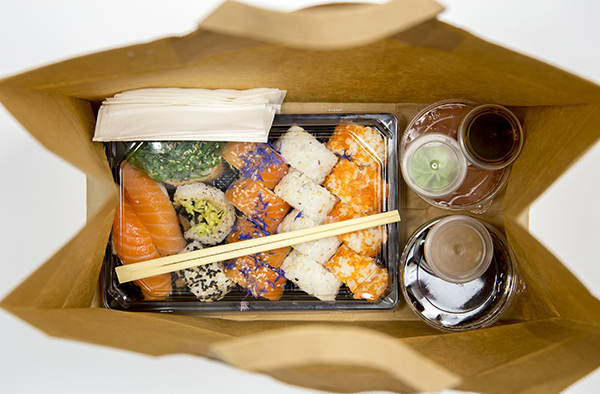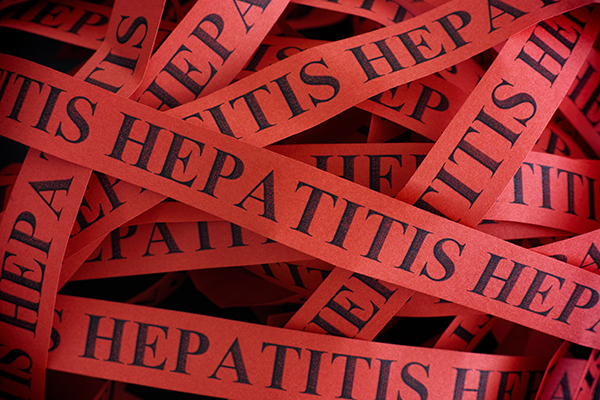Getting Started with Building the Infrastructure
Hopefully in our first January blog, we convinced you of the importance of establishing an infrastructure within your operation to support a safe food culture. So, how does one go about doing this? Well, like any major project, break it into small bites. In our opinion, having a written guide for employees that documents expectations related to food safety basics of employee health and hygiene, temperature controls, and cleaning and sanitizing is the first step. Having this documentation serves as a reference for training and helps fulfill the mission of most foodservice operators which is to serve safe, quality food.
We suggest working on one section at a time. For instance, gather materials currently used with staff that address employee health and hygiene measures. Take a look at existing written information given to employees and be sure it is consistent with the Food Code regulations in your state. Ideally the written information contains the “who, what, when, where, how, and why”, although not necessarily in that order. Adults want to know the rationale behind specific instructions – that is the why. Does the operations currently have a written standard operating procedure or SOP about handwashing? This is a key basic practice and while it might be easy to “pooh pooh” the need for one, it is necessary to not assume everyone washes their hands when and how they should. Maybe the current communication strategy is posting of signage. If the signage includes the key elements of an SOP, that is ok! Here is one example available through Iowa State University Extension.
…logs provide proof that measurable benchmarks were met. These can be a valuable defense should there be a complaint…or even a lawsuit.
Details of an SOP include what needs to be done (handwashing), why it matters (prevention of contamination), who these pertain to (everyone!), and how to complete (soap, water, 20 seconds) along with when it needs to be done (between clean/dirty and raw/ready to eat) as these specifics avoid confusion.
The good news is that there are many SOP templates available in the public domain that address food safety basics. You might start with developing SOPs that focus on employee health and hygiene; temperature controls for food during receiving, storage, transport, preparation and service; and cleaning and sanitizing (both manual and machine practices). Iowa State University’s Food Safety Project offers these free of charge in a downloadable Word format for Assisted Living, Child Care, Schools, and Restaurants. An operator could start with these and customize for their specific foodservice, such as adding the operation’s logo or adding additional practices. Other written guidance, such as an Employee Handbook template and Cleaning and Sanitizing Guide are also available for download.
Another piece of infrastructure is a record-keeping system. Records provide documentation that food safety practices were followed. Logs are one record-keeping tool. Logs are the document where employees note that specific actions were taken, or metrics met. For instance, a cooking log, where chef’s record end point cooking temperatures of temperature controlled for safety foods, or a service log documents that hot foods were served hot (above 135°F) and cold foods were served cold (below 41°F.). Refrigerator storage logs (often posted on the exterior door of the walk-in) provide at least a daily record that internal temperatures of the unit kept cold foods below 41°F. In essence, the logs provide proof that measurable benchmarks were met. These can be a valuable defense should there be a complaint from someone, or even a lawsuit. Sample logs are available in the Annex of the Food Code.
Once you get the basic written infrastructure completed (SOPs, written communications to employees, and logs), it is important to communicate this with employees, stressing that these are the expectations for this operation. Because some people learn best by reading, some by hearing, some by story-telling, and some by doing, mix it up when in-services are held. There are many online modules and videos available that can be interspersed into the training. FoodHandler has some great videos on handwashing and glove use that can be freely downloaded. A benefit of the training is that it helps build a sense of belonging. Some tips for training were presented at the end of the September 2020 SafeBites webinar, so check that out as a starting point. For those who remember Maslow’s Hierarchy of Needs, a sense of belonging is part of the search for fulfillment. Many foodservice operators consider their teams as family. Shared experiences like training that reflect best practices also instill a sense of community – these reduce turnover and risk! Risk Nothing!










